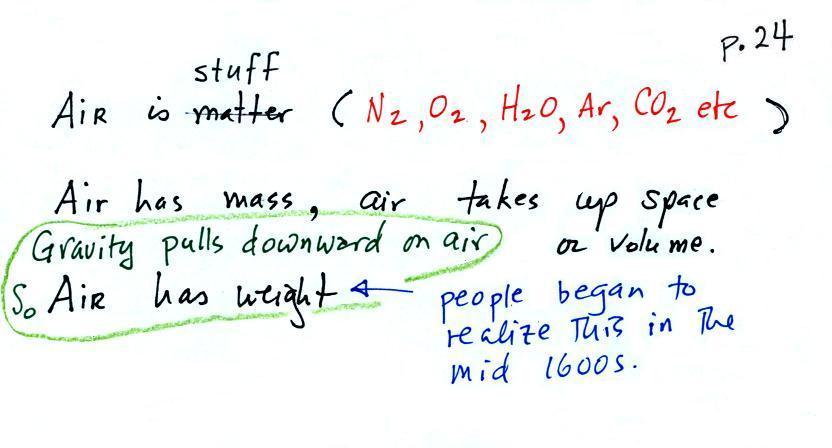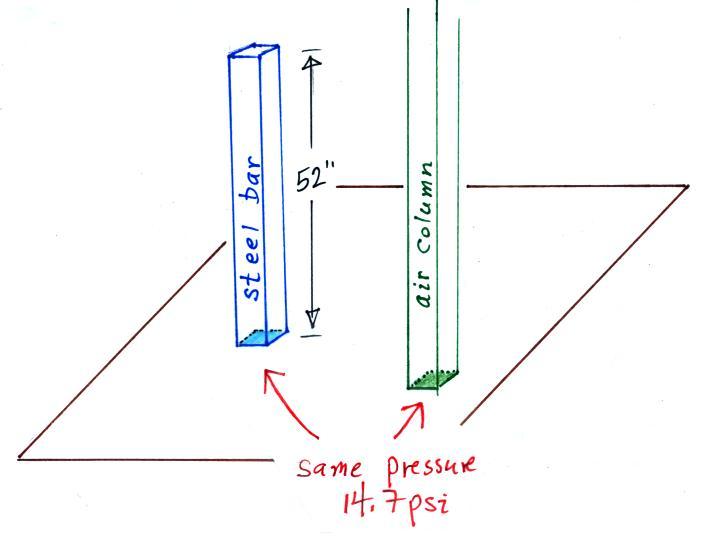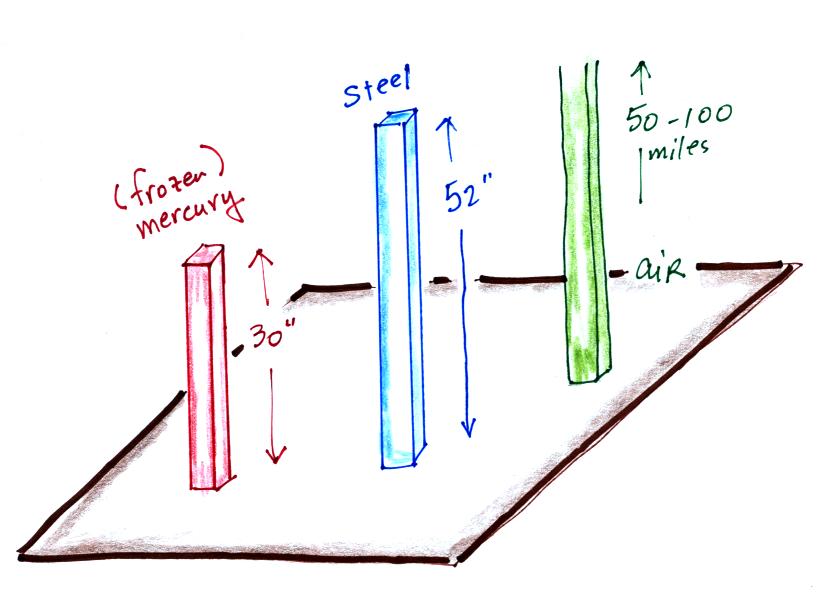

 |
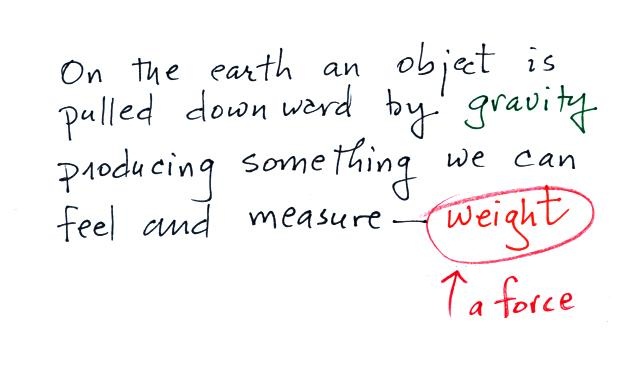
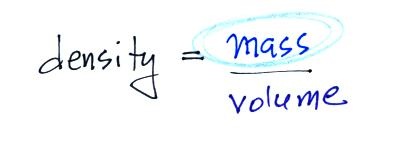

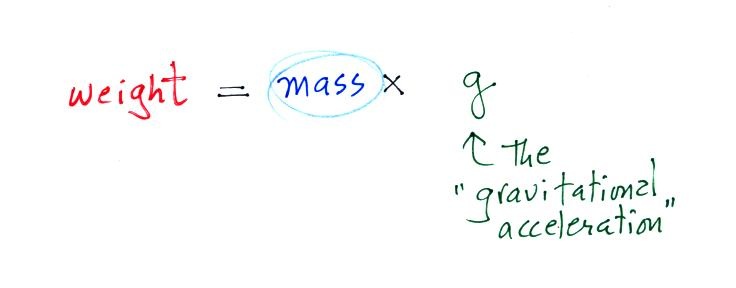
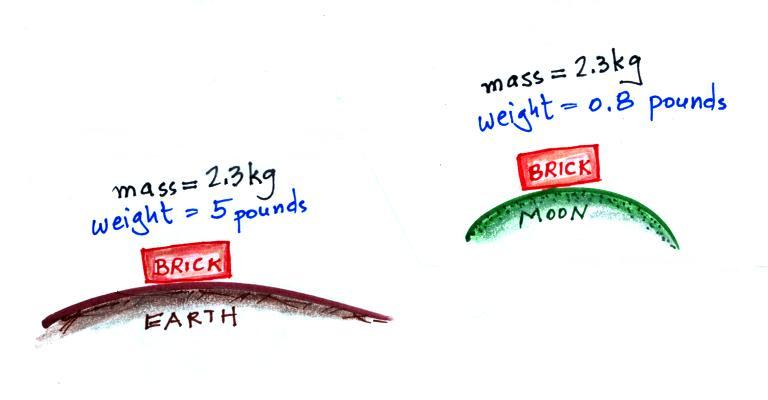

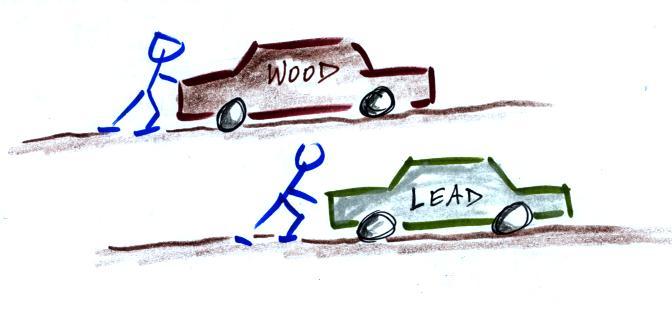
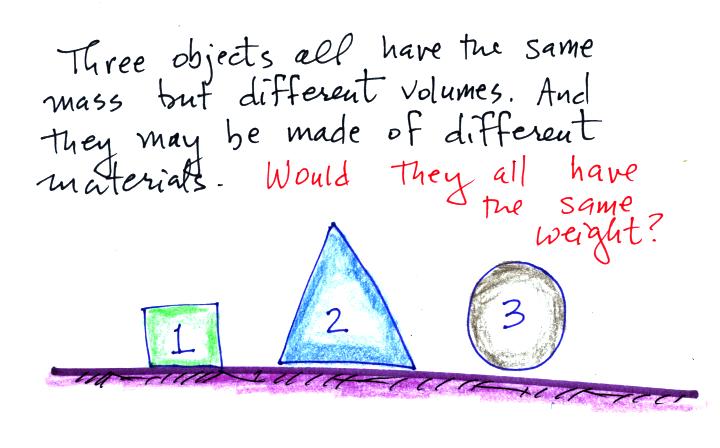
| material |
density g/cc |
| air |
0.001 |
| redwood |
0.45 |
| water |
1.0 |
| iron |
7.9 |
| lead |
11.3 |
| mercury |
13.6 |
| gold |
19.3 |
| platinum |
21.4 |
| iridium |
22.4 |
| osmium |
22.6 |
